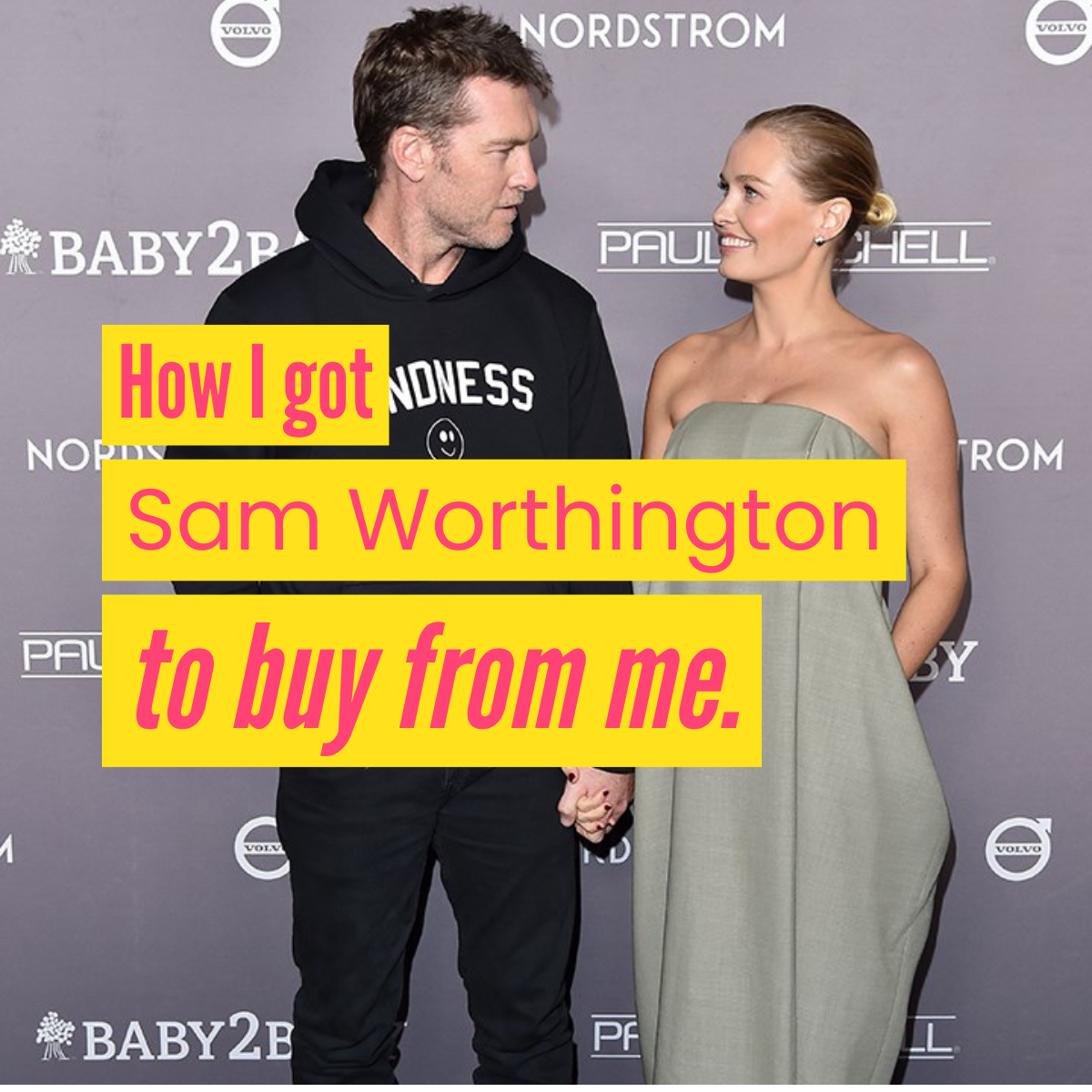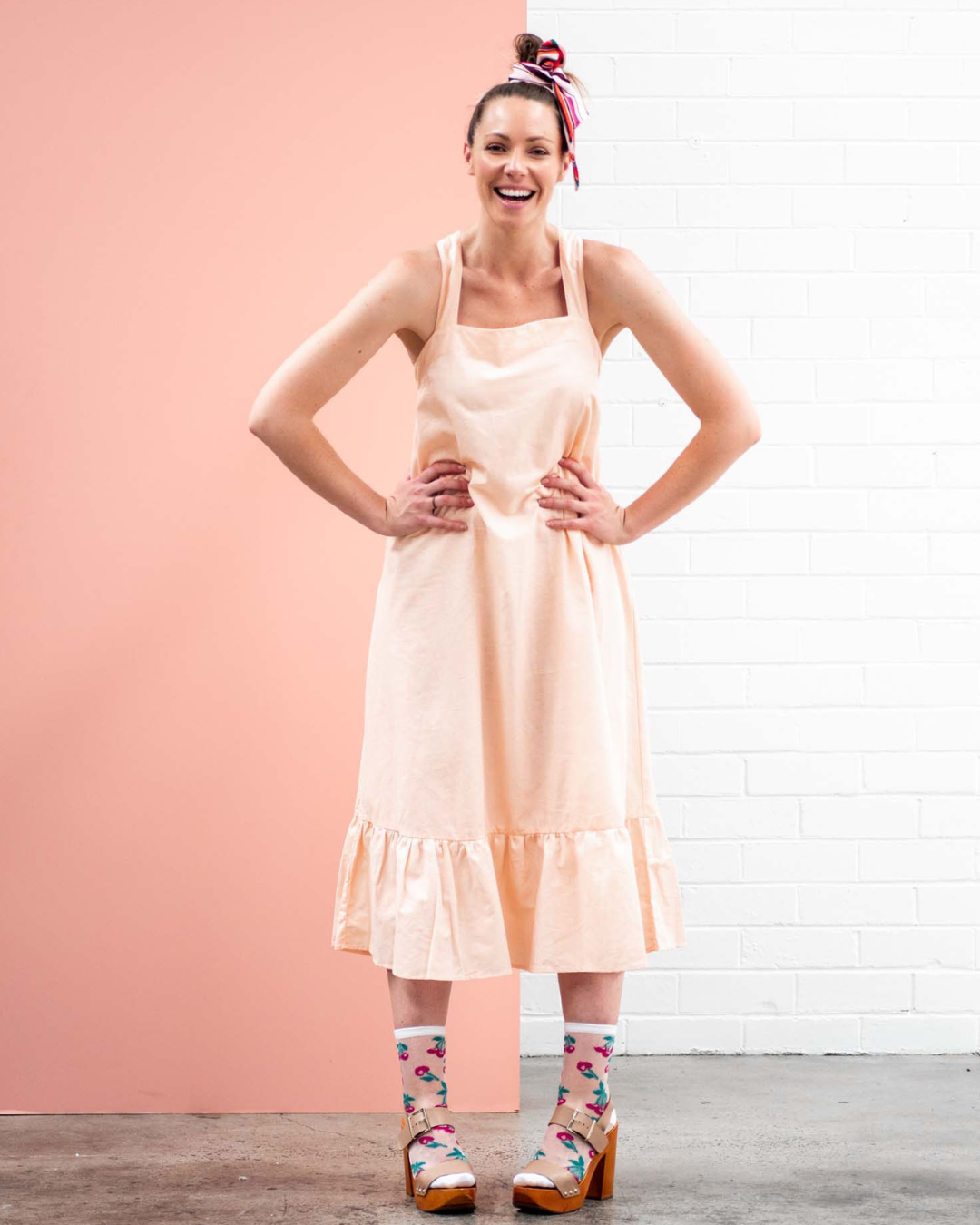2024 was a big year for small brands in the fashion industry and countless sustainable businesses headed to the small business graveyard. I watched twenty, thirty, even forty fashion businesses close over the last 12 months, but it wasn't because of 'the economy'.
If you look at the data, Australia's clothing industry generated over $33 billion in 2024 — an increase from the previous year. Spending increased, not decreased. People spent more, not less, on fashion. That's not my opinion, that's cold, hard fashion facts and data.
Moving into 2025, those spending habits are still here, and so is the opportunity for you if you're running an ethical, sustainable, circular, or slow fashion business — provided you're prepared to refine your strategy.
If you want to thrive in the fashion industry, not just survive, there are six key trends to be aware of that will set your slow fashion business up for success in 2025.
Here's what you need to know...
1. Sustainability is crucial.
While sustainability took a backseat for some bigger brands in 2024, the urgency remains high for the industry as a whole to change. Governments and consumers are pushing for reduced waste and lower emissions from fashion so if you're focusing on long-term sustainability now, you'll enjoy a competitive edge in the future.
What you need to do: Invest in sustainability with natural fabrics, circular systems, and repair programs now for resilience and relevance later.
2. Operate locally, think globally.
India’s burgeoning middle class and Japan’s luxury boom are proof that customers are spending in places we've previously overlooked. If you're running a small independent fashion brand and wearing all the hats, that sentence probably sounds like a foreign language — but that's the point. If you're ready to scale, it might be time to expand your understanding of international markets and learn about selling globally.
What you need to do: Explore export opportunities in emerging markets, but localise your strategies for cultural and logistical ease. Need help understanding that concept too? You're not alone, but help is available.
3. Prepare for trade and supply chain disruptions.
If you make your products by hand in-house, you don't have to worry about trade and supply chain disruptions but if you're preparing to scale, you'll need to start thinking about this now. With geopolitical shifts, rising shipping costs, and evolving sustainability goals, a closely connected supply chain is essential.
What you need to do: Assess your supply chain for risks and gaps, and create a 'Plan B' for every part of it. Build a resilient and transparent supply chain to navigate disruptions, and develop a shareable statement about your ethical manufacturing processes that aligns with sustainability targets.
4. Offer an experience, not just a transaction.
Consumers are looking for experiences, not just transactions in 2025. If you're operating a bricks-and-mortar store and want to cut through the noise, offer exceptional in-person experiences and think outside the retail box. Well-trained staff, interactive environments, and a seamless journey from product to packaging is essential for success on and offline.
What you need to do: Create meaningful, personalised customer interactions in your retail spaces with thoughtful touches.
5. Use technology as your differentiator.
There's a big conversation around AI and its environmental impact, but in my opinion, it's a tool we need to use to progress slow fashion and compete with fast fashion. If you're new to it, it's scary, but once you're comfortable with it, it's extremely powerful for your business. From AI-driven product discovery to supply chain optimisation, tech innovation is reshaping the fashion industry. If you don't embrace it, you'll be left behind — for the same reason you don't see horses and carts on the road anymore. If you're a slow fashion founder, you can leverage these tools to compete more effectively and cut down your workload.
What you need to do: Embrace accessible tech solutions like ChatGPT to enhance your operations and improve your customer experience, while staying true to your purpose and USP. Using AI doesn't mean selling out; it means selling more effectively.
6. Community reigns supreme.
If 2024 taught us anything in fashion, it's that surviving and thriving is the sum of many parts: a good founder, a good product, a good business model, and, most importantly, surrounding yourself with good people and a supportive community.
What you need to do: Running a business is hard enough without having to do it alone. Open your mind to the possibility of community support and join The Fashion Advocate's Slow Fashion Lab to learn from the best in 2025.
The old playbook is obsolete. If you're running an ethical, sustainable, handmade, or slow fashion brand, your key to success in 2025 will be your willingness to embrace adaptability and get creative. Lean into your values, innovate, and focus on connecting with your customers authentically.
Success is simple when you have the right strategy for growth.
Claire x




